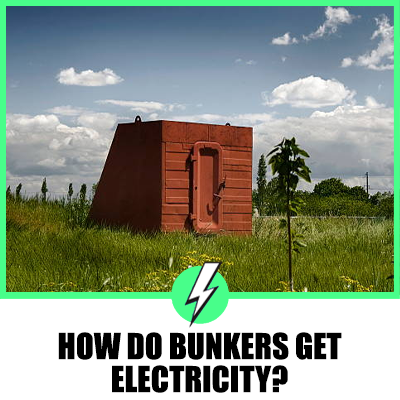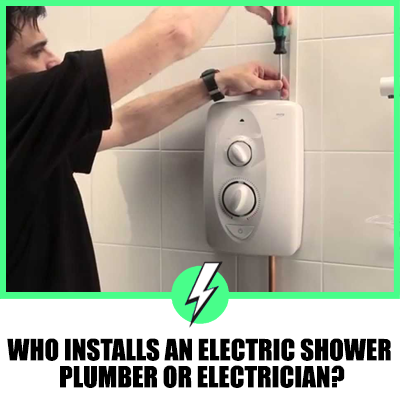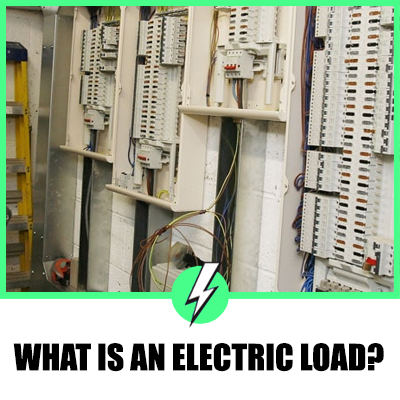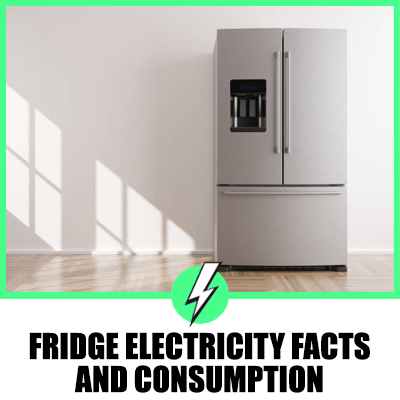How Do Bunkers Get Electricity?
Absolutely! Electricity is not just a luxury in an underground bunker; it’s a necessity.
It powers the lights, ventilation systems, and various appliances that ensure the comfort and survival of the bunker’s inhabitants.
The real question is, how do you generate this electricity in a sustainable and reliable manner, especially in scenarios where the bunker may need to be self-sufficient for extended periods?

Contents
What is the Best Way to Power a Bunker?
There are several ways to power a bunker, each with its advantages and disadvantages.
The best method often depends on the specific circumstances of the bunker, such as its location, size, and the resources available.
Generators
Generators, particularly those running on biofuel or propane, are a common choice for bunker power.
They can provide a significant amount of power and are relatively easy to operate.
However, they also have downsides. Generators produce noise, which might be undesirable in a bunker environment. They also require fuel, which might run out over time, especially in a prolonged stay scenario.
Solar Power
Solar power is a renewable and silent source of energy.
Solar panels can be installed above the bunker and connected to batteries inside the bunker to store the generated electricity.
However, solar power depends on sunlight, which might not be available in certain scenarios, such as during a nuclear winter.
Wind Power
Wind power is another renewable energy source that can be used to power a bunker.
Wind turbines can be installed above the bunker to generate electricity.
However, like solar power, wind power depends on environmental conditions – specifically, wind speed and direction.
Pedal Power
Another interesting method of generating power in a bunker is through pedal power.
This involves using a bicycle generator, where pedaling the bike generates electricity.
This method also provides a means of exercise for the bunker inhabitants.
How are Fallout Bunkers Powered?
Fallout bunkers are typically powered in similar ways to other types of bunkers.
However, due to the specific challenges posed by a fallout scenario – such as potential nuclear winter blocking sunlight or radioactive contamination making fuel retrieval difficult – certain power sources may be more suitable than others.
For example, generators running on biofuel or propane could be a good choice, as they can operate independently of environmental conditions.
However, the availability of fuel could become a problem over time.
Solar and wind power might be less effective in a fallout scenario due to potential nuclear winter conditions.
However, they could still provide some power, especially in the early stages of a fallout event or in areas less affected by nuclear winter.
How Do Nuclear Bunkers Get Water?
Water supply in a nuclear bunker is a critical issue.
Water can be stored in large quantities within the bunker, but this supply might run out over time.
Therefore, it’s essential to have a system for replenishing the water supply.
This could involve a well or borehole system to access groundwater, or a rainwater collection and filtration system.
In some cases, water can also be extracted from the air using dehumidifiers.
Insights from Online Discussions
Online discussions on the topic of bunker power reveal a variety of opinions and experiences.
Some users suggest using a combination of power sources to ensure reliability.
For example, one could use a generator as the primary power source, supplemented by solar or wind power.
Others suggest using pedal power as a form of exercise and power generation.
There’s also a discussion about the potential for nuclear winter following a nuclear fallout.
Some users suggest that nuclear winter could reduce the effectiveness of solar power, while others argue that the effects of nuclear winter might not be as severe or long-lasting as often portrayed.
Powering Bunkers in the UK and US
The principles of powering a bunker remain the same whether you’re in the UK or the US.
However, there may be differences in the availability and cost of certain resources, as well as regulations related to the installation and use of power systems.
In both countries, it’s important to consider the local climate when planning your power system.
For example, solar power might be more effective in sunnier parts of the US, while wind power could be a good choice in windier regions of the UK.
It’s also worth considering the availability of fuels for generators.
In the US, propane is commonly used for generators, while in the UK, diesel generators are more common.
Finally, always ensure that your power system complies with local regulations.
This might involve obtaining permits for the installation of solar panels or wind turbines, or following safety guidelines for the use of generators.





